The Science of Electricity: Understanding the Fundamentals of Electrical Power
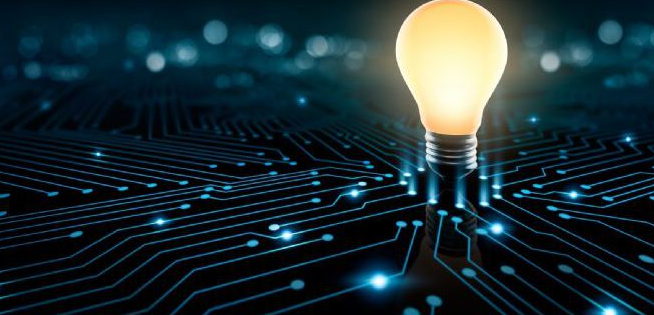
Electrical energy is the energy that is transferred or consumed by electrical devices, and is an essential resource for modern life. The generation, transmission, and consumption of electrical energy are crucial to power homes, businesses, industries, transportation systems, and other applications.
Electrical power is typically measured in watts or kilowatts, where one watt represents one joule of energy per second and one kilowatt equals 1000 watts. The rate at which electrical energy is consumed or transferred depends on the current flow and voltage of the electrical circuit. For example, a 100-watt light bulb will draw 100 watts of power if connected to a 100-volt circuit, or 50 watts if connected to a 50-volt circuit.
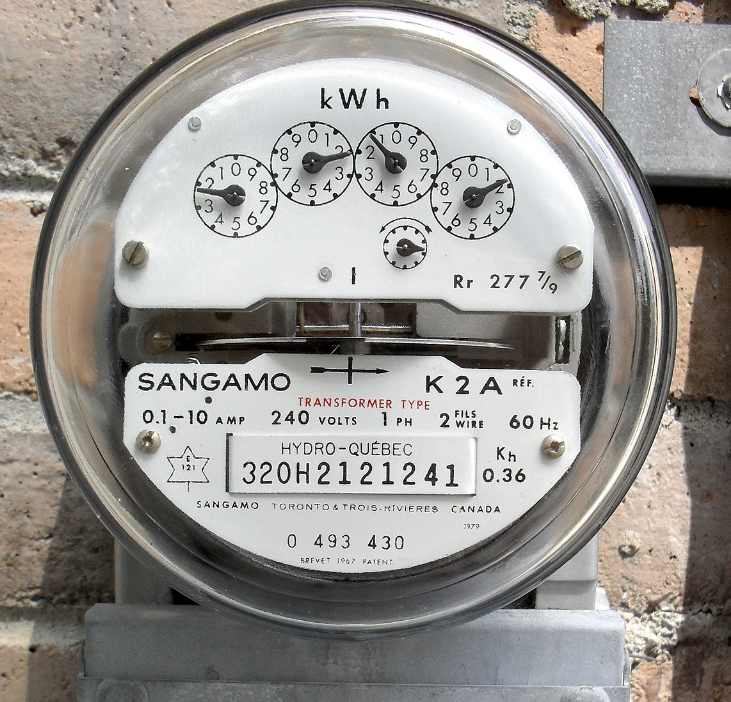

Electrical energy is generated in power plants, which can use various energy sources to produce electricity. Coal, natural gas, and nuclear power plants use thermal energy to heat water and produce steam, which drives turbines connected to generators. Hydroelectric power plants use the kinetic energy of falling water to turn turbines, while wind turbines convert the kinetic energy of the wind into electrical energy. Solar power plants use photovoltaic cells to convert energy from sunlight into electrical energy, and geothermal power plants use the ground’s heat to generate steam and drive turbines.
Once electrical power is generated, it is transmitted through power lines and distributed to homes, businesses, and other end users. Electric power transmission and distribution requires a vast infrastructure of power lines, transformers, and substations, all of which must be maintained and upgraded to ensure reliability and safety.
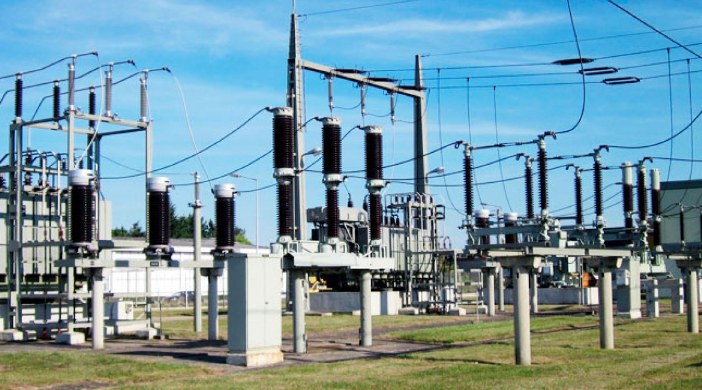

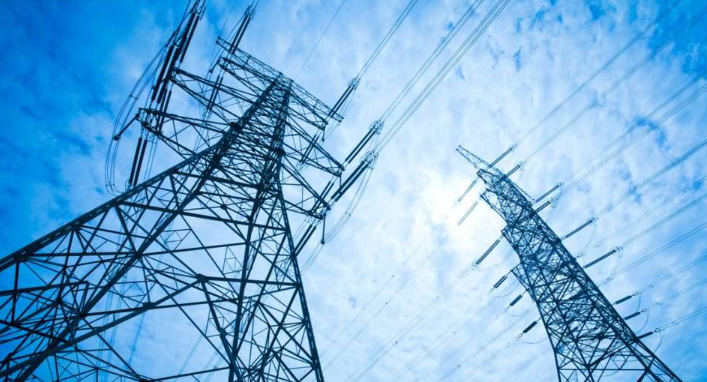
The efficient and sustainable production, distribution and consumption of electrical energy are fundamental to satisfy current and future energy needs and, at the same time, minimize the impact on the environment. Many countries are investing in renewable energy sources such as wind, solar and geothermal power, which offer the potential for clean and sustainable electricity production. In addition, advances in energy storage technology, such as batteries, can help balance electrical power supply and demand and increase grid resiliency.
Let’s see the following example of how electrical power is applied to a domestic element
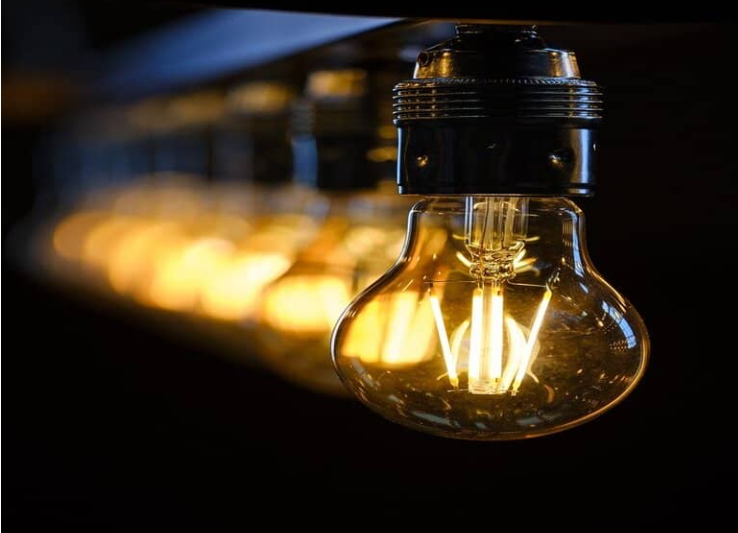
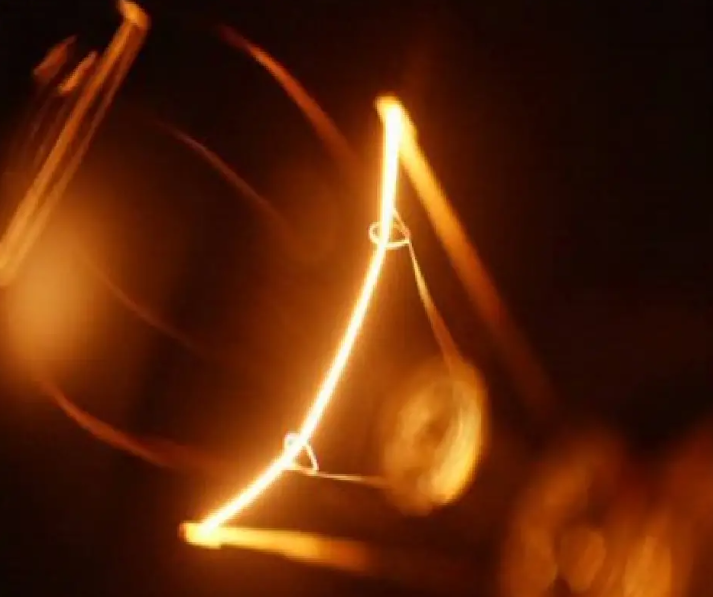
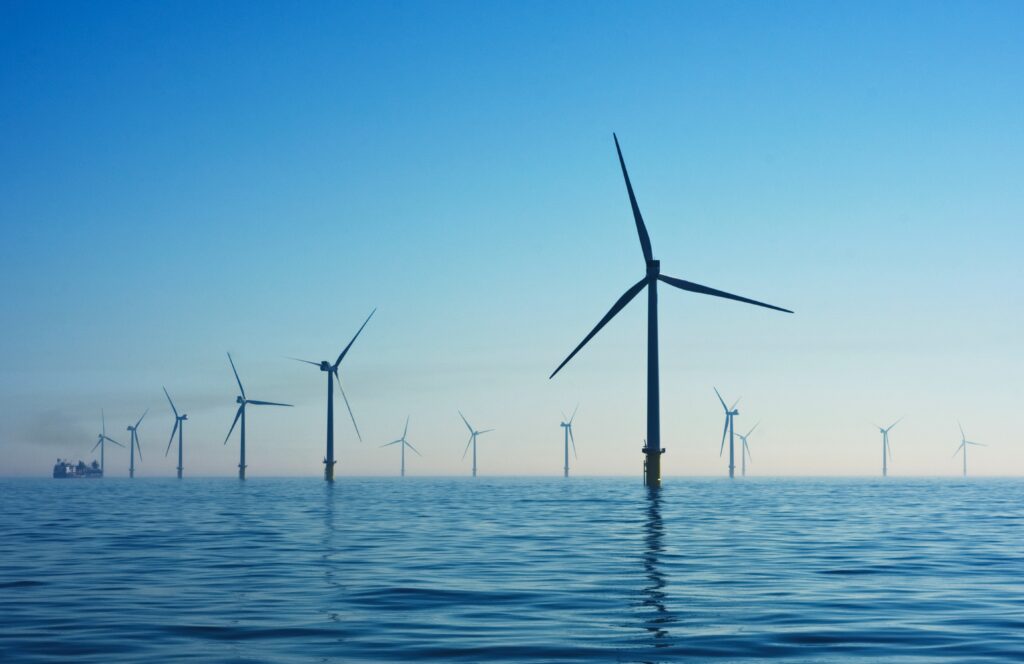
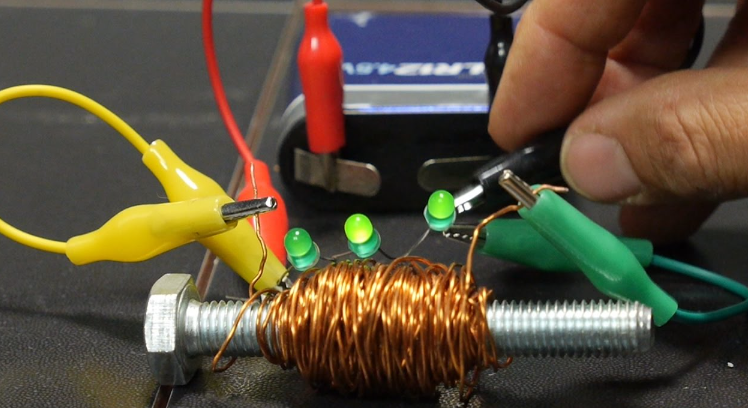
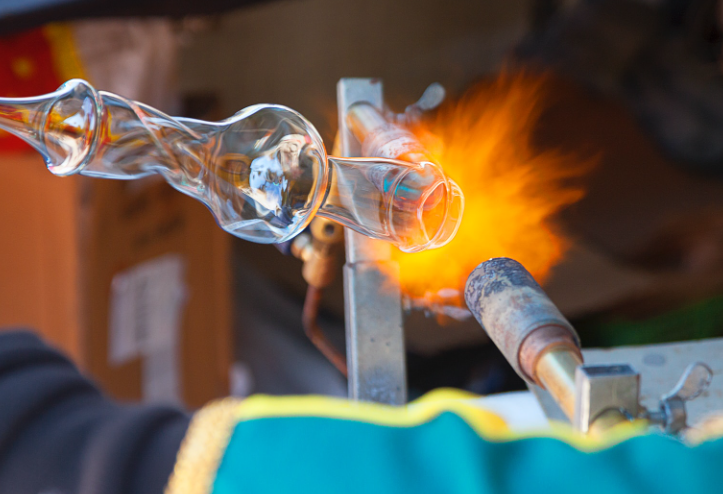
Responses